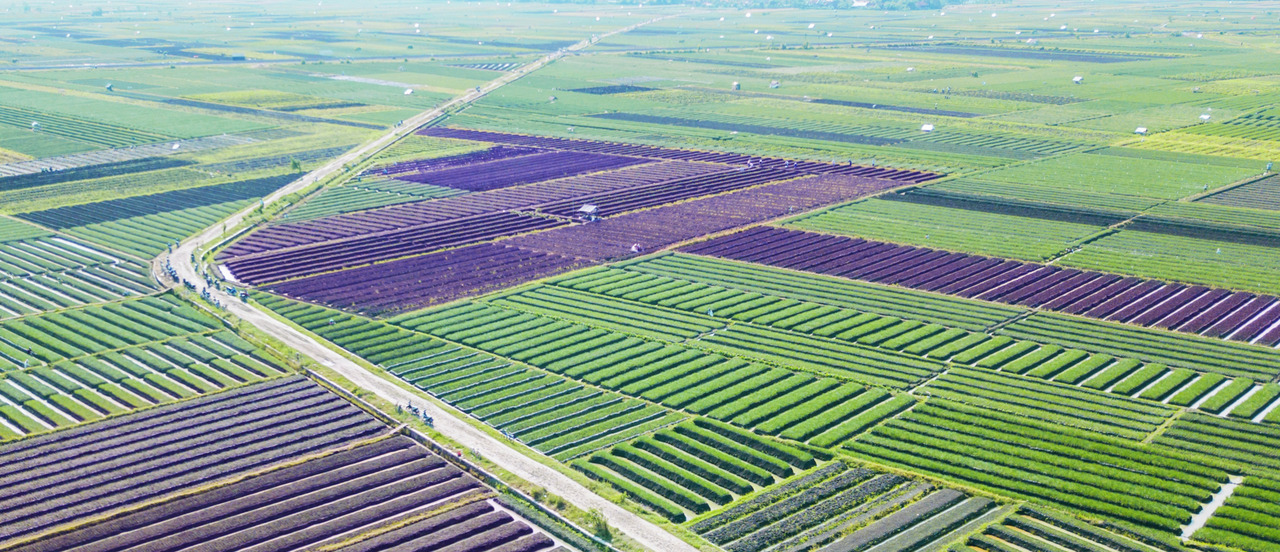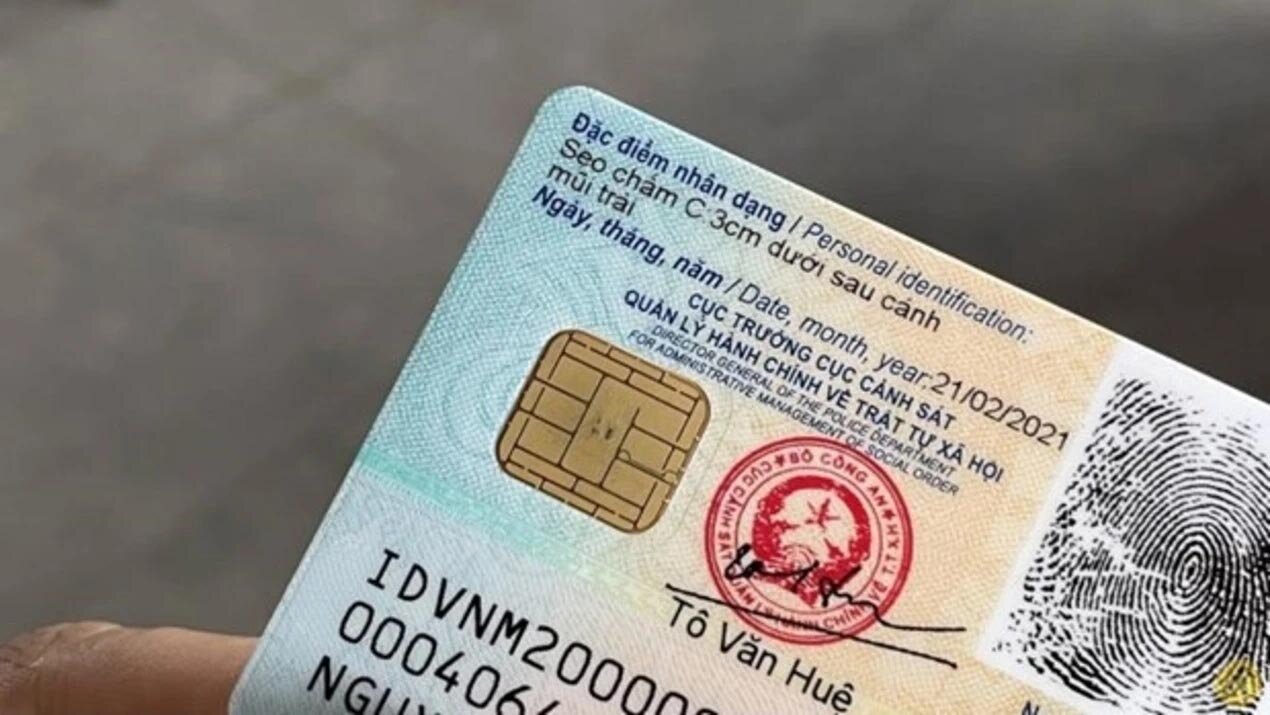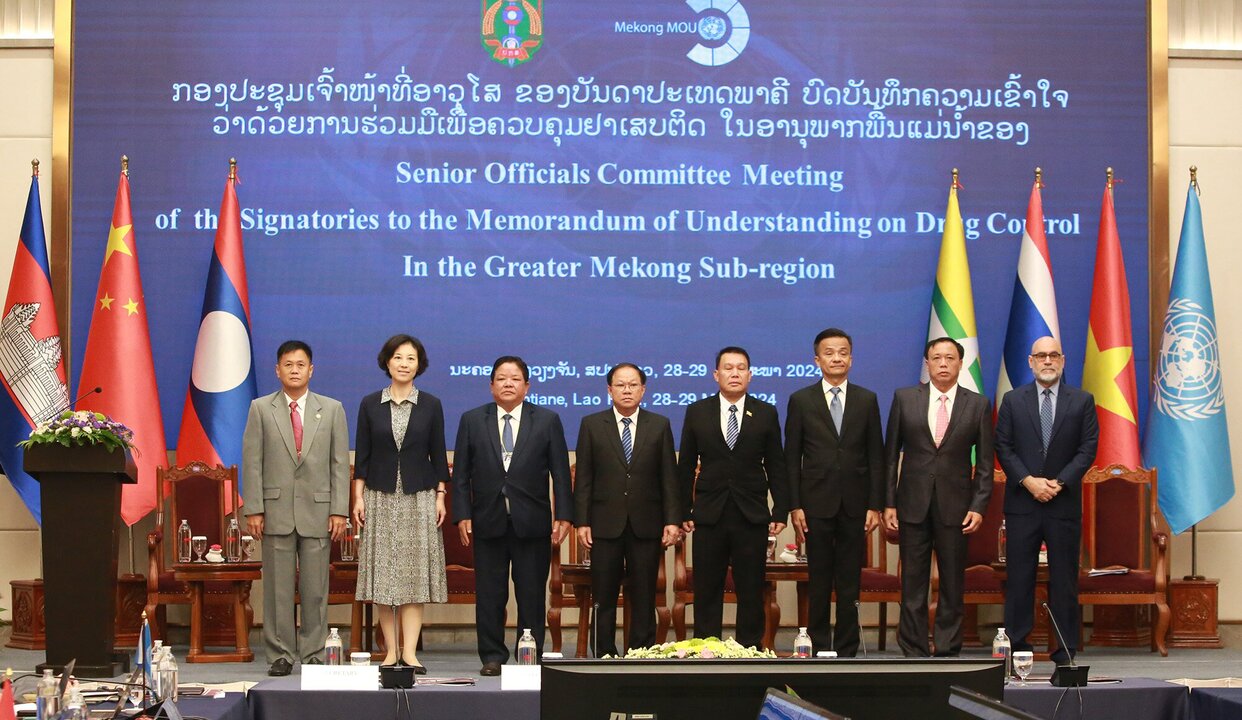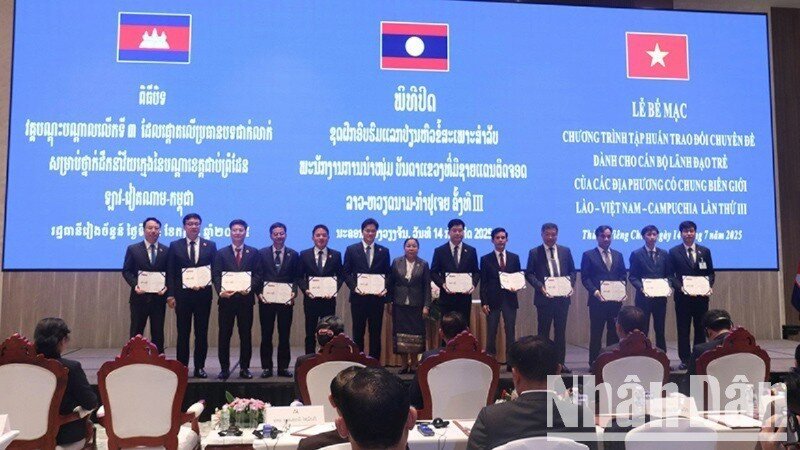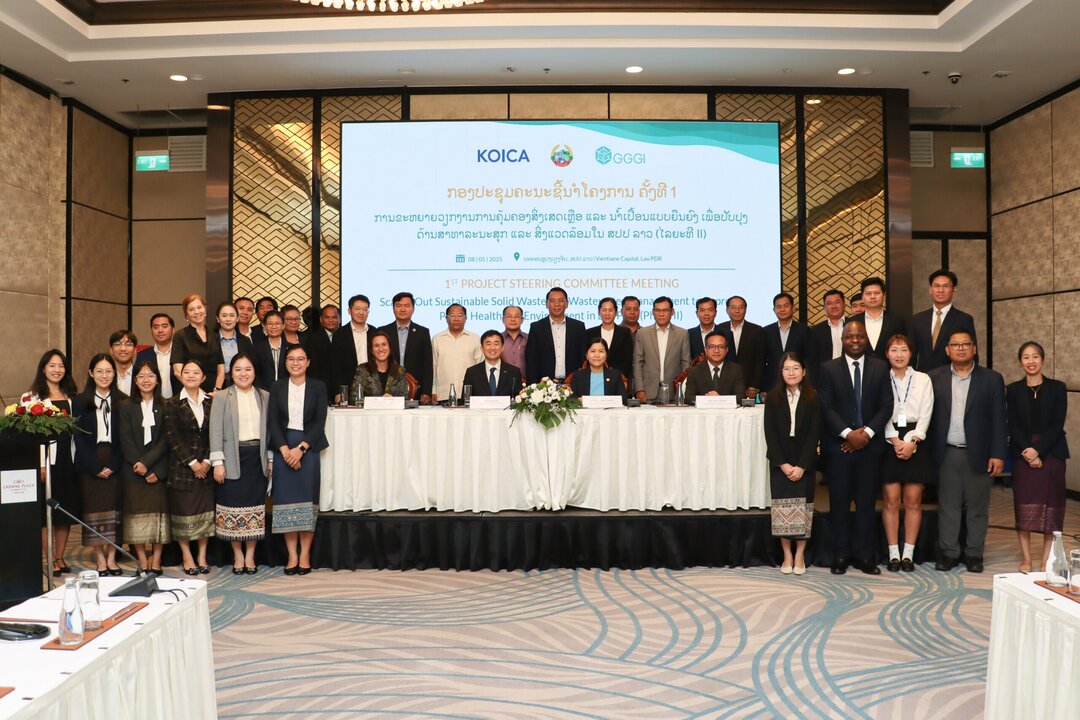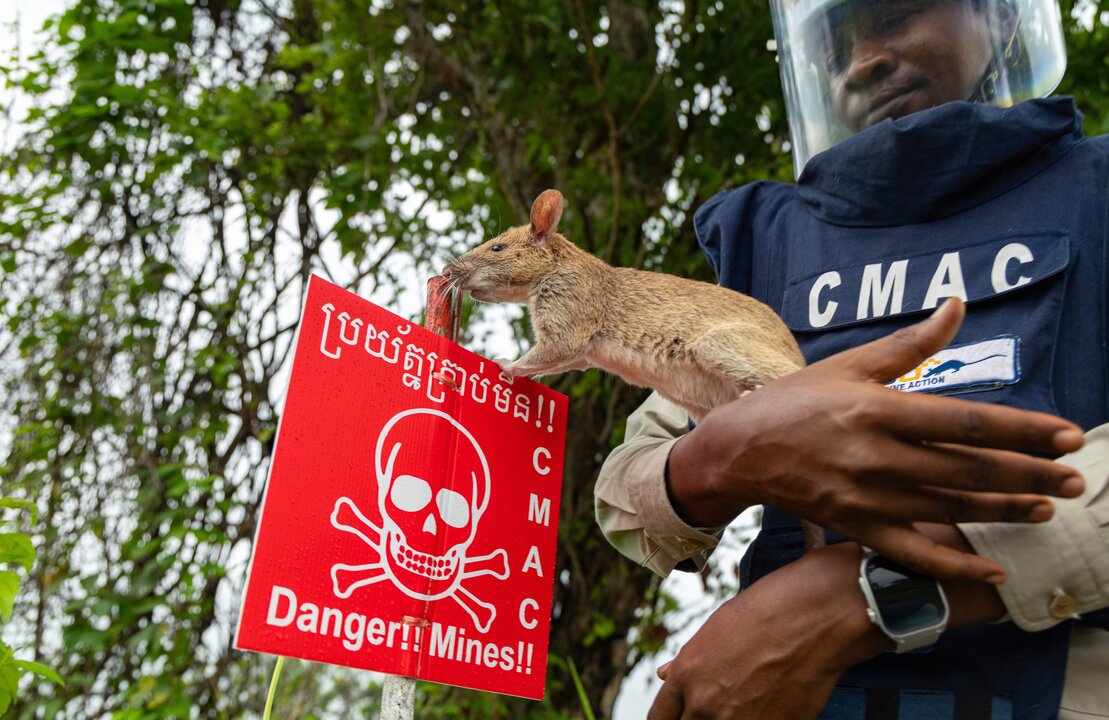
The ambitious project will include premium accommodations, retail spaces, and state-of-the-art entertainment facilities intended to draw affluent visitors and boost Singapore’s position as a top-tier travel destination.






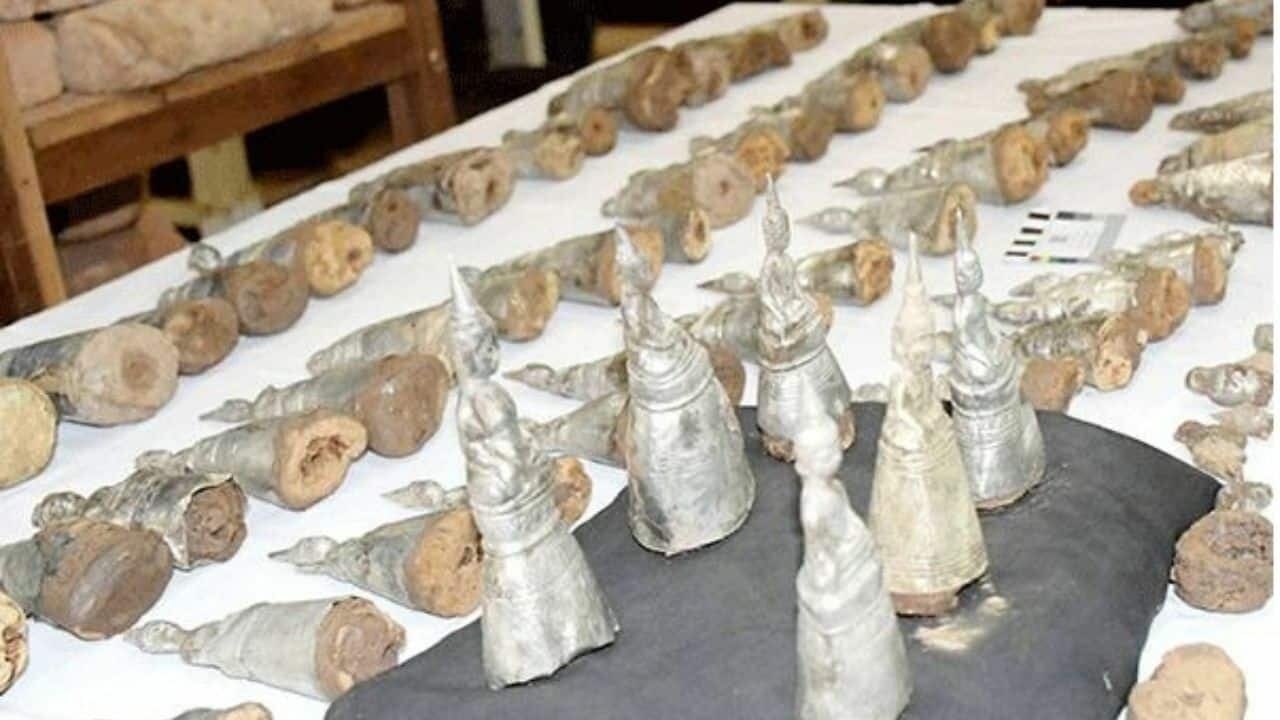

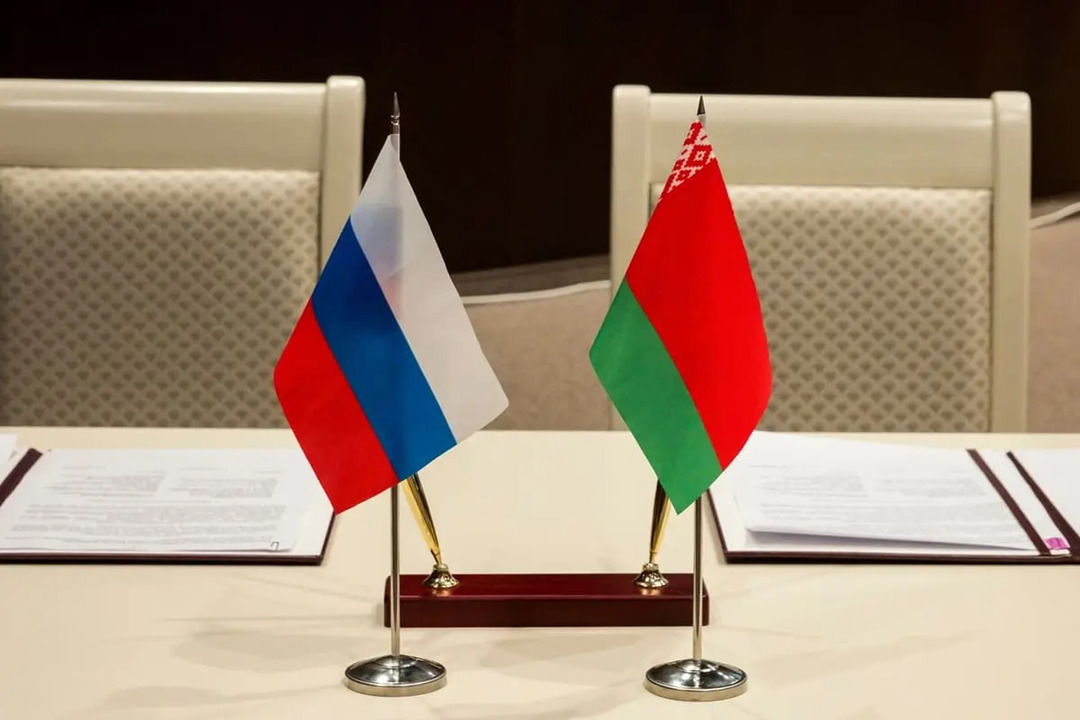
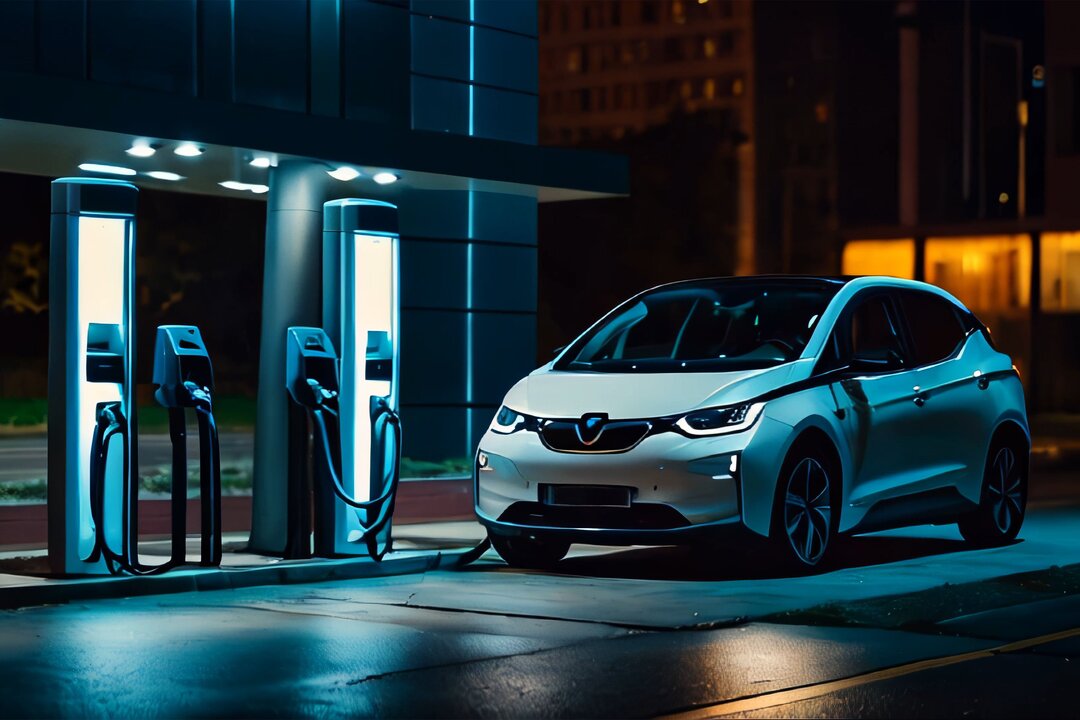





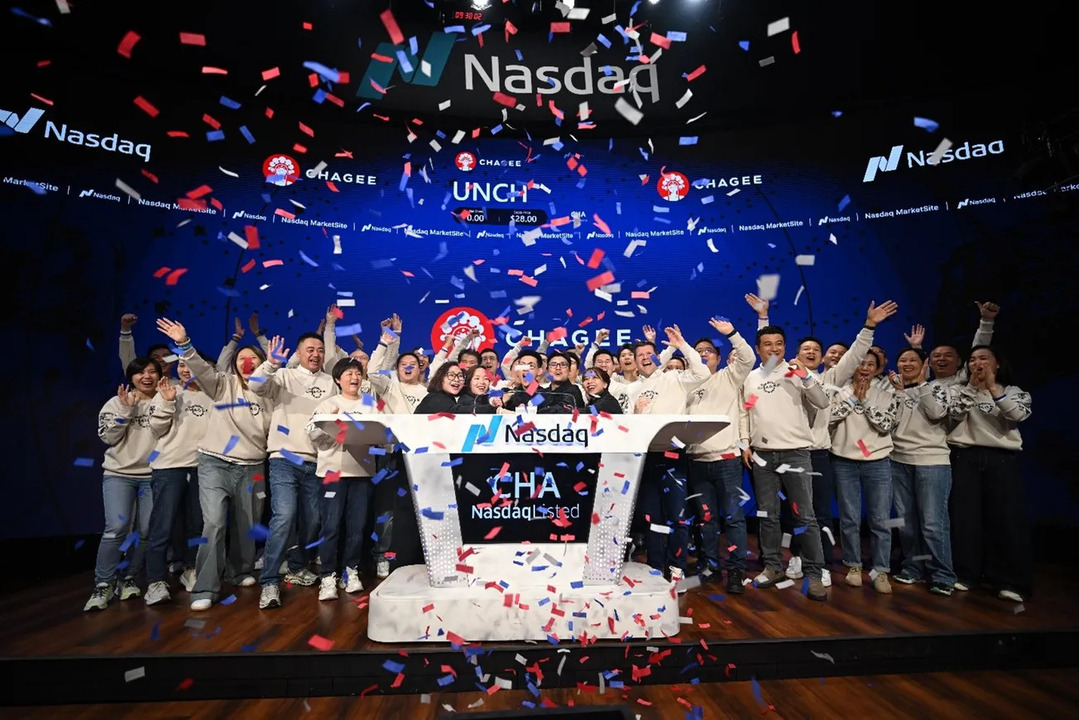






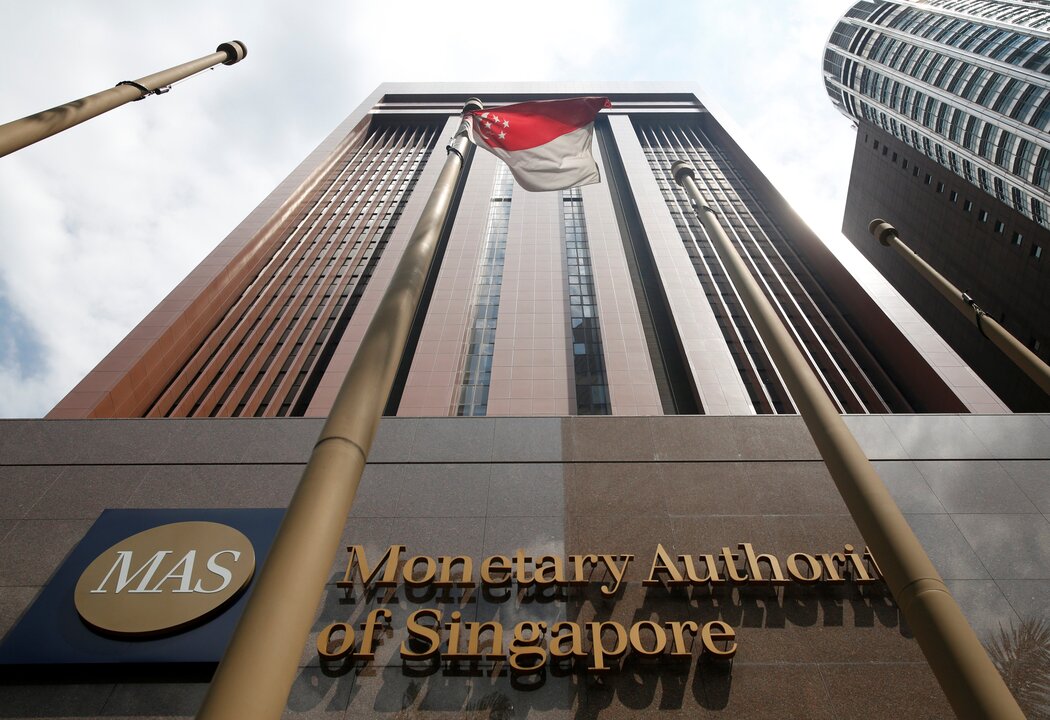
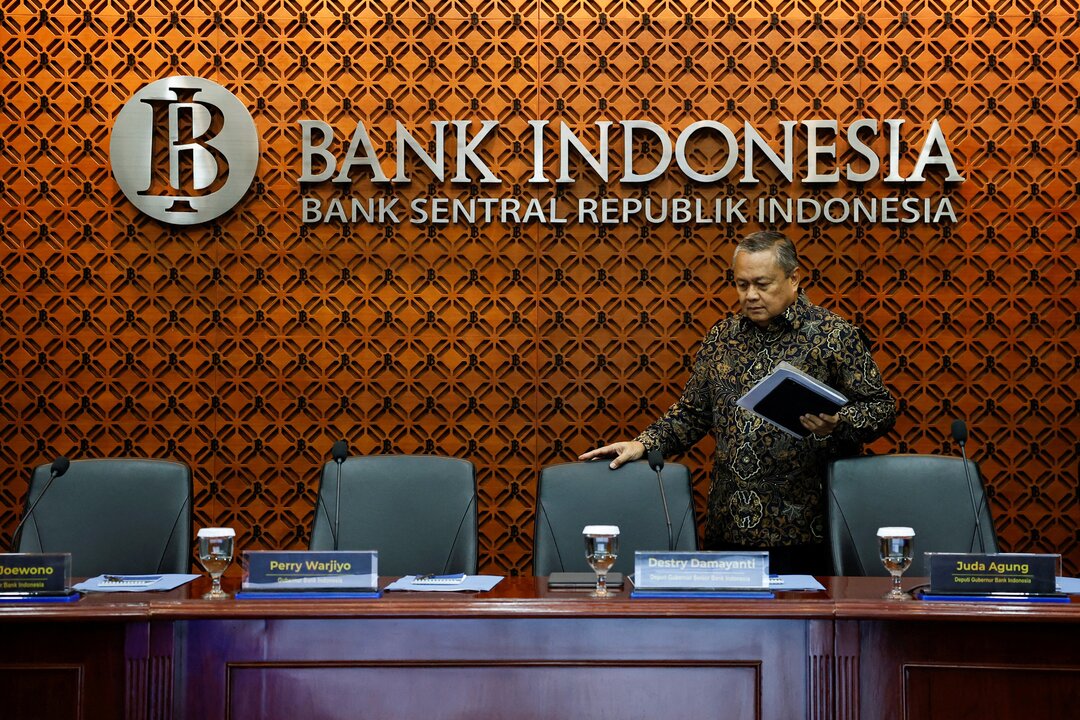


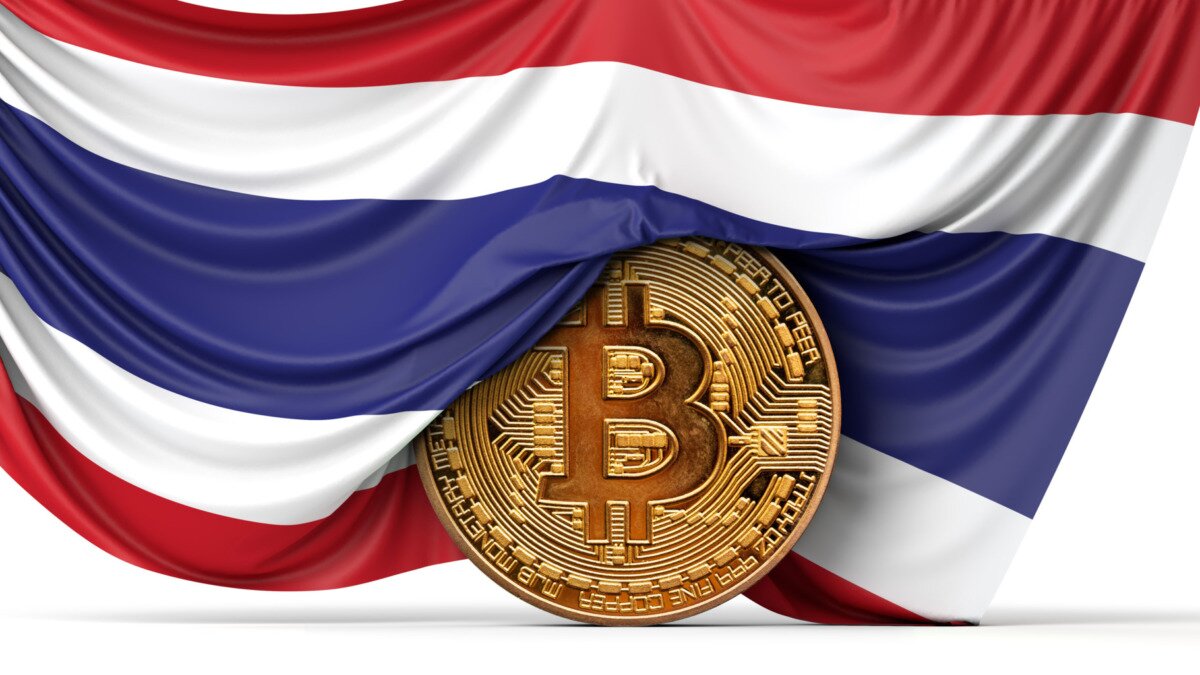
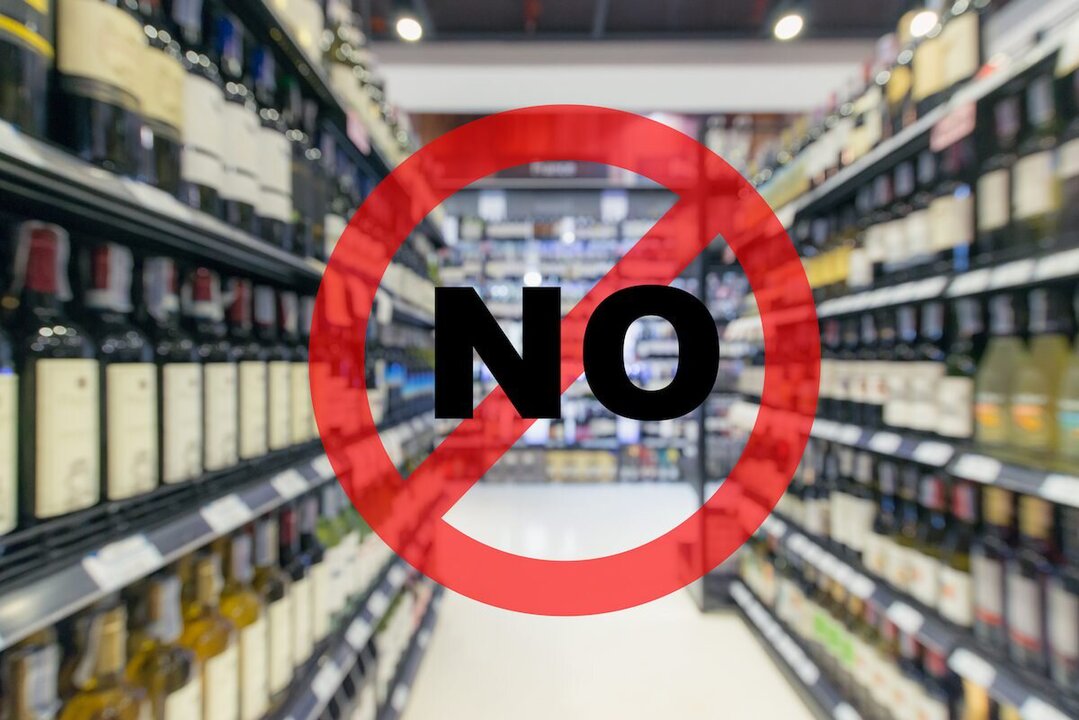
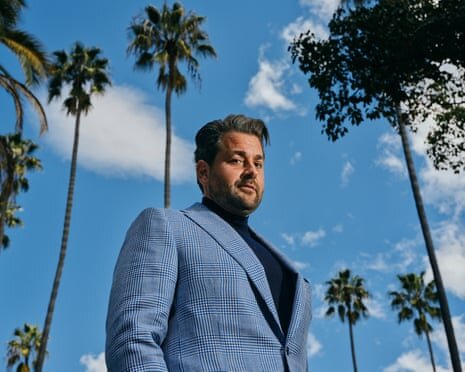




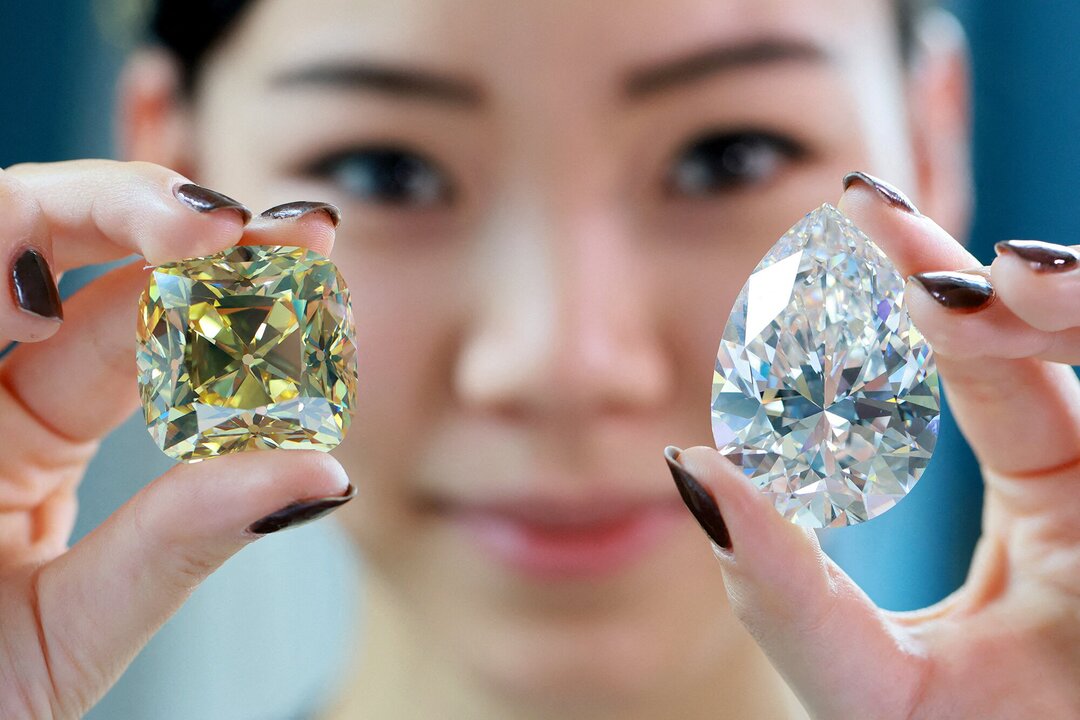
For much of the last century, diamonds have epitomized luxury, romance, and enduring value. De Beers — the mining giant that once monopolized the trade — famously cultivated this image. Its 1947 “A Diamond Is Forever” campaign transformed diamond rings from rare extravagances into an essential symbol of love and status. In 1940, only about 1 in 10 brides received a diamond engagement ring; by 1990, around 80% did. Through savvy marketing, De Beers embedded diamonds “into the fabric of love, marriage, and social aspiration.” A diamond ring came to represent permanence and prestige — a luxury to treasure for a lifetime.
Yet today, the diamond’s luster as a luxury good is under unprecedented pressure. Prices for natural diamonds have plummeted, and a new competitor — lab-grown diamonds — is flooding the market with glittering stones that look identical to mined gems at a fraction of the cost. The very notion of what makes a diamond “precious” or “luxurious” is being questioned. De Beers, which once tightly controlled supply to ensure diamonds remained scarce and expensive, now finds itself reckoning with a market downturn and a technological disruptor. In a striking role reversal, the company that long sold diamonds as unique symbols of love now warns that mass-produced lab-grown stones marketed as luxury are a “huge con.”
This report provides a comprehensive analysis of the changing diamond landscape. It explores the historical forces that made diamonds synonymous with luxury, recent market trends undermining that status, shifting consumer attitudes, and how competitors are reshaping the industry. It compares lab-grown vs. mined diamonds in both market and cultural terms and examines how players like De Beers are strategizing to preserve the allure of natural gems. Ultimately, the diamond’s position as a luxury item — once seemingly unassailable — is being redefined by economic realities and evolving perceptions.
In the early 20th century, diamonds were not yet the default gem for engagement rings. That changed dramatically when De Beers launched its advertising blitz in the mid-20th century. The “A Diamond Is Forever” slogan — coined in 1947 by copywriter Frances Gerety — was the linchpin of a campaign that created not just a desire, but a need for diamond engagement rings. Advertisements equated diamonds with romance and the durability of love. They even introduced the guiding norm for grooms-to-be: “How else could two months’ salary last forever?” — implying a man should spend 2–3 months’ pay on a ring, a concept that persists (though often debated) to this day.
This marketing masterstroke had profound effects. Engagement rings set with diamonds went from uncommon to nearly obligatory in many cultures. De Beers’ U.S. diamond sales skyrocketed from $23 million in 1939 to $2.1 billion by 1979. The company carefully controlled global supply through its cartel-like “Central Selling Organisation,” stockpiling diamonds to release just enough to meet demand at high price points. By restricting supply and stoking demand through advertising, De Beers managed to sustain the notion that diamonds are both rare and intrinsically valuable — hallmarks of a luxury good.
For decades, this strategy kept prices buoyant and consumers convinced that a diamond, especially a De Beers diamond, was a timeless investment in love. Culturally, diamonds became ingrained in marriage rituals and gift-giving for milestones. Even as new mines opened in Russia, Canada, and Australia — breaking De Beers’ absolute monopoly by the 2000s — the company remained the steward of diamond marketing and mystique. It helped set up the Natural Diamond Council (formerly the Diamond Producers Association) to promote the “realness” and romance of mined stones. In short, historical groundwork laid by De Beers made mined diamonds virtually synonymous with luxury, love, and permanence.
However, that carefully crafted image assumed a stable market — one where diamonds were scarce, demand steadily grew, and no perfect substitutes existed. Recent years have upset all those assumptions. A convergence of market shifts and technological advances is challenging the very foundation of diamond luxury.
After a strong run in the 2010s and a pandemic-era boom, the diamond market is now in a slump. Natural diamond prices have tumbled sharply, raising the question of whether diamonds are losing their luxury cachet. Rough diamond prices have plunged nearly 50% in the past two years, with polished gem prices down about 35% from their peak. This steep decline marks one of the worst slumps in the industry since the 1980s.
Several factors have converged to cause this downturn:
After COVID lockdowns, pent-up demand for jewelry spiked in 2021–2022, briefly sending diamond prices soaring. But that surge was followed by a correction. By early 2024, diamond prices were down 8% from pre-pandemic levels, erasing those gains. In essence, the market overestimated how long the boom would last, and an oversupply developed once consumer spending normalized.
Economic headwinds have dampened luxury spending. Notably, demand in China — the world’s second-largest diamond market — collapsed amid slower growth and ongoing pandemic after-effects. Chinese diamond jewelry sales fell by about 25% in 2024 compared to an already-weak 2023. In the U.S., the largest market, consumer appetite for natural diamonds softened; natural diamond jewelry sales were slightly down year-over-year. Inflation and recession fears made consumers think twice about pricey gems, and many gravitated toward gold or other more inflation-resistant purchases.
De Beers and other miners have found themselves with growing inventories of unsold diamonds. By mid-2023, De Beers was reportedly sitting on its largest stockpile since the 2008 financial crisis. The company responded by cutting production and offering unusual discounts. In late 2023, De Beers slashed rough diamond prices by 10–15% for its sight holders (wholesale clients) — a drastic measure for a company historically loath to concede on price. Even Russia’s Alrosa, another top producer, faced difficulties selling its output. Excess supply put additional downward pressure on prices.
Perhaps the most disruptive factor has been the rapid rise of lab-grown diamonds siphoning away demand, especially in price-sensitive segments. Lab-grown gems are capturing market share by offering the sparkle of diamond without the steep cost. Their emergence introduced a parallel supply of diamonds that is essentially unlimited — undermining the notion of scarcity that props up natural diamond prices. Industry leaders cite the flood of inexpensive lab-grown stones as a major factor destabilizing the diamond market.
In short, the supply-demand balance for mined diamonds has tilted unfavorably. When an ostensibly “rare” luxury good sees its price collapse by double digits, it raises red flags. Is it a temporary cyclical downturn, or a sign of a structural change in how diamonds are valued? De Beers and its peers are grappling with that very question. The answer partly lies in understanding the lab-grown diamond phenomenon — the most significant challenge to the status quo.
Nothing has upended the diamond market’s dynamics more than the advent of lab-grown diamonds. These are real diamonds — crystallized carbon with the same chemical, physical, and optical properties as mined stones — but grown in high-tech laboratories in a matter of weeks.
Until recently, gem-quality lab diamonds were a niche product, often more expensive to produce than to mine. But in the past decade, technological strides dramatically cut production costs and scaled up output. The result has been an explosion of lab-grown diamonds onto the jewelry market, at prices that undercut natural diamonds by a huge margin.
As of 2023–2024, a polished 1.5-carat lab-grown diamond might wholesale for 80% less than an equivalent natural diamond. Just five years ago, the discount was perhaps 40%. Now, wholesale lab-grown diamond prices have plunged by about 75% from their levels a few years prior.
Jewelers report that many customers are eagerly embracing lab-grown gems. In the U.S., nearly half of couples now choose lab-grown diamonds for their engagement rings — a stunning change from just a few years earlier. Signet Jewelers noted that about 30% of its bridal jewelry sales now involve lab-grown diamonds. U.S. sales of lab-grown diamond jewelry jumped more than 12% in 2024 even as natural diamond sales fell. Consumers are clearly enticed by the proposition: get a larger or higher-quality diamond for the same budget.
Labs can now produce colorless, high-clarity stones of several carats. It’s routine to see 2–3 carat lab diamonds; even 10+ carat stones are becoming feasible. Such sizes would be astronomical in price if mined, but are relatively affordable as lab-grown.
Many jewelers have embraced lab-grown lines to please customers and improve margins. At a given price point, selling a lab-grown stone can yield better profit margins than a natural stone. Even as lab prices fall, retailers still see them as an opportunity to make diamond jewelry more accessible and desirable.
Ironically, the very affordability that makes lab-grown diamonds popular also undermines their claim to luxury status. As they become more common and less expensive, consumers may start seeing them as more akin to fast fashion than timeless investment pieces. This emerging commoditization has sparked a backlash from De Beers and other natural diamond defenders.
The diamond market’s transformation is driven not just by supply and price, but by shifting consumer values, particularly among younger generations.
Millennials and Gen Z buyers — now the largest segment of engagement ring shoppers — are reshaping the diamond economy with the following traits:
Cost-consciousness: Many younger couples are financially strained due to student loans, housing costs, and economic uncertainty. They are far more likely to prioritize value over tradition when purchasing engagement rings.
Pragmatism over Prestige: While previous generations saw diamond rings as a necessary expression of commitment, younger buyers often ask “Is this worth it?”. They question whether an expensive mined diamond is truly essential.
Experience > Possession: Many prefer to spend money on meaningful experiences (travel, events) rather than material goods. If a $1,500 lab-grown diamond looks identical to a $7,000 natural one, they’re happy to save the difference for a honeymoon.
Openness to Alternatives: This cohort is more willing to choose moissanite, sapphire, or colored gems. They are also more likely to buy from online retailers, customize designs, or go without a diamond entirely.
While not universally decisive, ethical sourcing and sustainability matter to a sizable portion of buyers:
Conflict-free sourcing is a baseline expectation, not a selling point.
Lab-grown diamonds are often marketed as “clean” and “guilt-free,” avoiding associations with conflict zones or environmental destruction.
That said, most buyers are not driven by ethics alone. The ethical narrative helps justify the purchase, but price and appearance remain primary motivators.
For some consumers, a mined diamond symbolizes timeless romance. For others, love is defined by the meaning the couple gives it, not by the origin of the stone. The emotional connection now lies more in the choice and thoughtfulness, rather than conformity to tradition.
In short, a diamond’s meaning is increasingly determined by the buyer, not by marketing lore.
Diamonds once held near-mythic cultural significance. That symbolism is now being reinterpreted through a contemporary lens.
The once-universal expectation — that a man must buy a diamond ring to prove love — is now questioned:
Many modern couples co-design rings together.
Proposals without rings are more common.
Other stones, vintage rings, or no ring at all are gaining acceptance.
This reflects a wider rejection of status symbols as social mandates.
Traditional luxury was built on scarcity, exclusivity, and craftsmanship. Today’s luxury is increasingly about:
Individual expression
Sustainability
Function and aesthetic appeal
Lab-grown diamonds fit this ethos: clean, customizable, and accessible — aligning with a younger audience that values design over legacy and innovation over tradition.
As lab-grown diamonds become ubiquitous, they challenge the class-based exclusivity of diamonds:
Some view this as empowerment — luxury for everyone.
Others see it as dilution — undermining what made diamonds special in the first place.
This cultural divide may deepen as the market bifurcates into “heritage luxury” (mined) and “modern luxury” (lab-grown).
The diamond industry now functions across two distinct ecosystems, each with its own logic, supply chains, and consumer bases.
Companies focused on natural diamonds (De Beers, Alrosa, Rio Tinto) are:
Cutting production to stabilize prices.
Doubling down on branding to highlight the rarity and emotional significance of mined stones.
Touting social impact — especially in nations like Botswana where diamond revenue funds education and health care.
Introducing traceability: blockchain-based tracking of diamonds from mine to market as proof of provenance.
Their message: Mined diamonds are timeless, rare, and meaningful.
Players in the lab-grown space include:
Large-scale producers in China and India, which dominate supply.
Retailers like Pandora and Signet, who integrate lab-grown into their offerings as value-forward luxury.
Tech-driven startups, some positioning their diamonds as sustainable, ethical, or high-tech luxury (e.g., carbon-neutral labs, zero-emission production).
Their message: Lab diamonds are affordable, ethical, and equally beautiful.
Retailers are adopting varied approaches:
Dual inventory models: Offering both natural and lab-grown.
Clear segmentation: Differentiating lines — for example, lab-grown for fashion, mined for milestones.
Educating consumers: Providing origin disclosures, pricing comparisons, and emotional framing for both.
The core strategic challenge is maintaining margin, consumer trust, and brand clarity in an increasingly price-transparent market.
De Beers once controlled over 80% of the global diamond supply. Today, it controls less than 30%, and faces challenges from both geopolitical shifts and synthetic competition.
In 2018, De Beers shocked the industry by launching Lightbox Jewelry — a lab-grown brand aimed at discrediting lab diamonds as luxury by pricing them cheaply and branding them as “fashion.”
But by 2024–2025, the plan had backfired:
Lab diamond prices dropped below Lightbox’s cost base, making it unprofitable.
Brand conflict emerged: Selling both real and lab diamonds under the same corporate umbrella blurred De Beers’ image.
The company eventually shut down Lightbox entirely, returning to a natural-only strategy.
Under new leadership, De Beers is:
Doubling its boutique presence, aiming to compete with luxury giants like Cartier and Tiffany.
Positioning mined diamonds as ultra-premium through storytelling, traceability, and ethical sourcing.
Promoting “Desert Diamonds” and other lines that celebrate natural variation, uniqueness, and origin.
CEO Al Cook emphasizes: “In a world of sameness, natural diamonds are the last stand of the truly rare.”
This marks a full-circle return to luxury roots — but now in a fiercely competitive, price-fragmented market.
Natural diamonds will likely shrink in volume but concentrate in value, with a focus on top-tier stones.
Lab-grown diamonds will dominate entry-level and fashion jewelry, especially as their quality continues to improve and branding evolves.
Luxury may become more fragmented: A mined 1-carat diamond and a lab-grown 3-carat may both be considered “luxury,” but for entirely different reasons and customers.
Authenticity and Storytelling: Mined diamonds will need to become experiential luxury — emphasizing journey, origin, and symbolism.
Design and Customization: Lab-grown brands may lean into tech-based offerings like on-demand shapes, colors, or embedded personal messages.
Retailer Trust and Transparency: The brands that clearly articulate differences — without confusing or deceiving consumers — will earn long-term loyalty.
Are diamonds still a luxury?
Yes — but not all of them.
No — but not all of them.
The diamond world now speaks two dialects: one of legacy and romance, and one of modernity and access. Consumers, not marketers, are defining what luxury means to them. De Beers may still write the script for natural diamonds — but the next generation is choosing their own version of sparkle.
